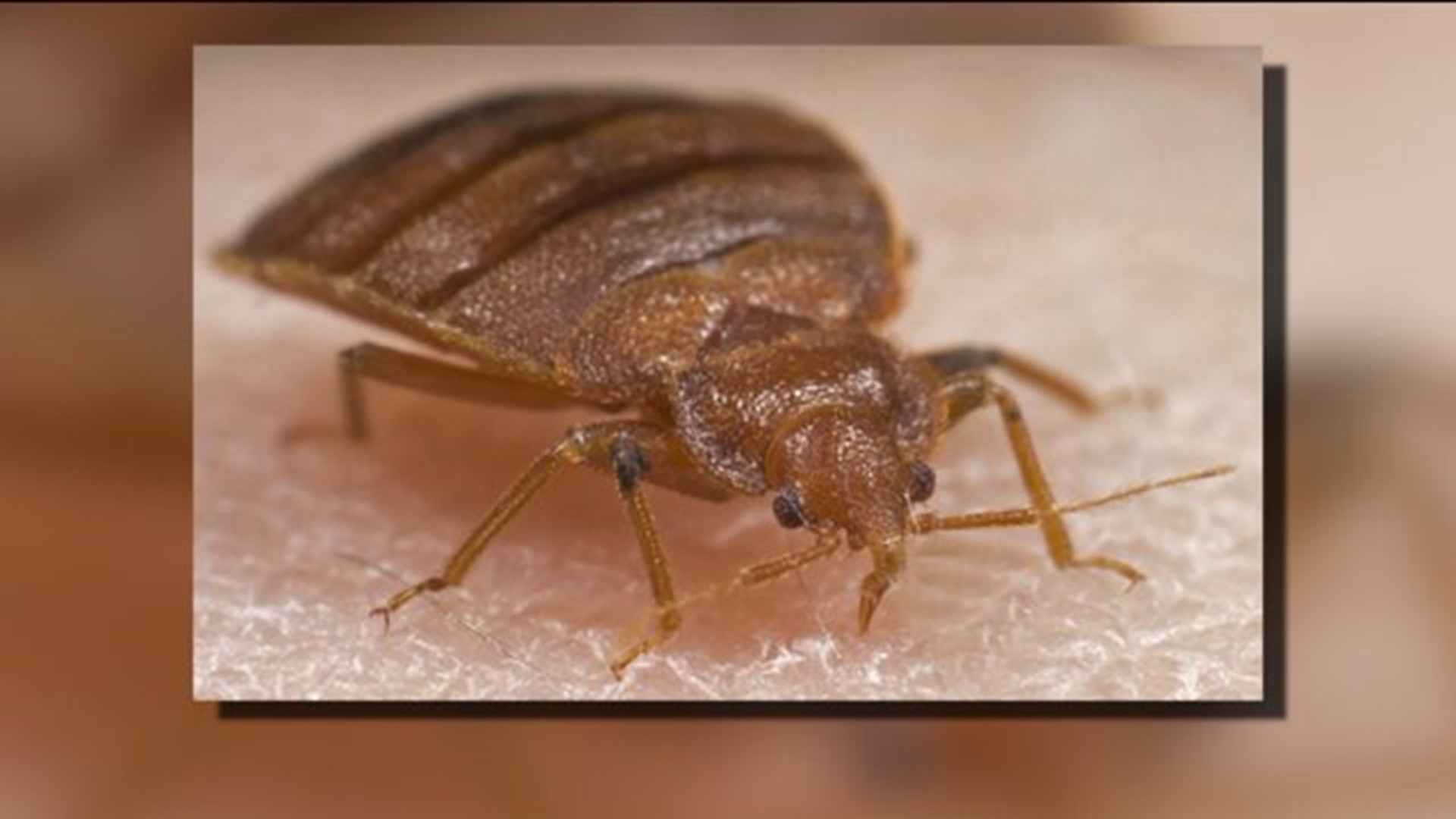A bed bug is a parasitic insect that feeds upon human blood. When they first hatch, they are the size of a head of a pin and are translucent. After each blood meal, the molt and go through 5 stages of instars or nymphs. Eventually, when they become an adult, they are brownish red in color and are approximately the size of an apple seed.
Bed bugs were virtually eradicated in the United States, but as a result of world travel, more and more species are being introduced into our country. Bed bugs are a prime example of this.
They may seem prevalent in college dorm rooms, but in many cases, it is brought to the attention of the school so it becomes public. Some studies have shown, that one out of every five people in the US has either had bed bugs or knows someone that has had them. The interesting part about this is that no one talks about it. When it comes to dorms, it is often that the students do not know what signs to look for so the problem becomes severe.
Bites are usually the first sign of an infestation, although not everyone reacts. Bed bugs bites are very tricky because different people react differently so the bites do not always have the same look. They do, however, commonly occur in a row of two or three bites. Another sign is spotting. After the bug feeds it needs to defecate and leaves what appear to be circular black spots, as if someone left marks with a ballpoint pen. These can be found on your sheets, the side of your bed or even by outlet covers and other hiding places in your room. Another sign is shell casings. After a bed bug feeds, it molts it shell and evolves into the next stage until it becomes an adult. In some instances you will see what appears to be a bug, when in actuality it is a complete casing.
Unfortunately, with bed bug the old adage, an ounce of prevention is worth a pound of cure truly is applicable. Once you have them, getting rid of them is rather difficult. Traditional chemical treatments can take 4 – 6 weeks and that may still not solve the problem because it often drives them to other parts of the building. The Bed Bug Chaser heating system brings the temperature up between 125 and 135 ensuring that all bugs perish. All stages of bed bugs die at 122 degrees in less than one minute and it takes one day. The heat method means you don’t have to have all of your clothes cleaned and live out of sealed bins for the 4-6 week period and you don’t have to dispose of any of your furniture.
There are definitely precautions that can be taken, even in dorm life. Traps can be installed under the legs of the bed preventing a bed bug from being able to climb up on the bed. There are some basic rules, don’t allow your bed to touch the walls and don’t let your blankets and sheets touch the walls or floor. This may be difficult in a dorm so you can also use protective bed liners that will actually kill the bed bugs if they get onto the bed and crawl across it.
There have been some reports that people have gone into anaphylactic shock from bites. While bed bugs can carry human pathogens such as Hepatitis C and other viruses, according to the CDC there are no documented cases of any of these viruses being transmitted by bed bugs.
Many people believe that if they throw away their beds or just treat their beds the problem is resolved. Unfortunately, they often hide under base molding or in the walls.
Bed bugs are attracted to Carbon dioxide. They do not discriminate between clean and dirty people. However, if your home is untidy, it may take longer for you to see the signs such as fecal spotted or molted casings.
There really isn’t a way to avoid them because they can be picked up just about anywhere (movie theater seats for instance) the most important thing is to be diligent about not placing items on your bed and if you do see signs of bites, inspect the area around your bed for little black dots
There are some over the counter products but studies are not confirmed on their effectiveness. Exterminators are always called in since they breed and are so small, they are too tiny to see and the spray is not enough to cover them.
The do not live on pets like a flea or tick, but given the opportunity they will use a pet as a blood meal and they can get caught in the pet’s hair. As such, the pet should be given a bath or a brushing to avoid them from reintroducing them into the home.

